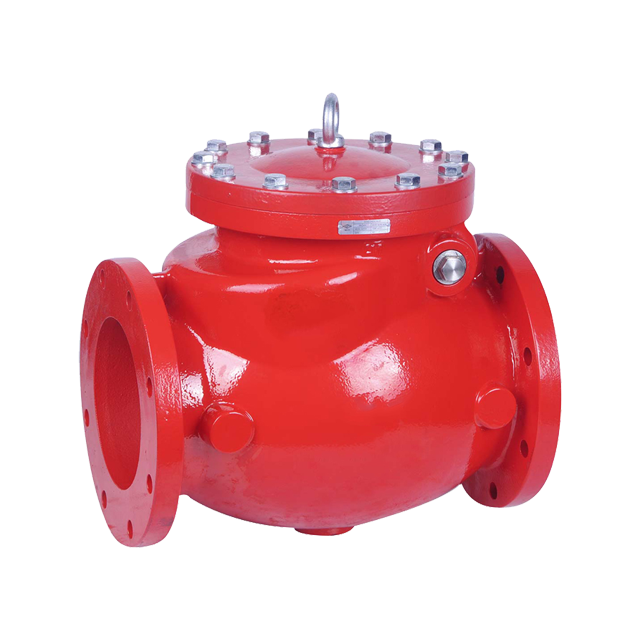A check valve is a commonly used device in plumbing and industrial applications, designed to allow fluid to flow in one direction while preventing backflow. But one question often arises: Does a check valve reduce water flow? The answer, while nuanced, is essential for anyone involved in designing or maintaining fluid systems. Let's explore this topic in detail.
What is a Check Valve?
A check valve is a mechanical device that permits fluid (like water) to flow in one direction and automatically closes to prevent flow reversal. They are vital in preventing issues like water hammer, backflow contamination, and maintaining system pressure. Check valves are widely used in household plumbing, irrigation systems, industrial pipelines, and even in municipal water systems.

How Does a Check Valve Work?
Check valves operate based on the pressure of the water. When water flows in the correct direction, it pushes open the valve. If the flow reverses, the valve shuts automatically to block the reverse flow. The design can vary—commonly seen types include swing check valves, ball check valves, and lift check valves, each with its own characteristics.
Does a Check Valve Impact Water Flow?
The short answer is: Yes, a check valve can reduce water flow, but typically the impact is minimal.
Here’s why:
1.Friction Losses: Any valve or fitting in a pipeline introduces some level of resistance to flow, known as friction loss. When water passes through a check valve, it encounters this resistance, which can cause a pressure drop, reducing the overall flow rate. The amount of reduction depends on several factors, including the design and size of the valve.
2.Valve Design: Different types of check valves cause varying degrees of flow reduction. For example:
• Swing check valves have a simple design and typically cause minimal flow restriction since the valve door swings open fully when the fluid flows in the correct direction.
• Lift check valves, on the other hand, can create more resistance because the fluid must lift the internal disc or plug, leading to a higher pressure drop.
• Ball check valves use a ball that moves to allow flow but can create moderate resistance due to the need to lift the ball from its seat.
3.Size Matters: If the check valve is appropriately sized for the system, the impact on flow rate is usually negligible. However, if the valve is too small or has a restricted internal passage, it can significantly reduce flow. Always ensure that the check valve matches the diameter and flow requirements of your pipeline to avoid unnecessary flow restriction.
How Significant is the Flow Reduction?
In most household plumbing systems or standard industrial applications, the reduction in flow is minor and often goes unnoticed. However, in systems that require high efficiency or where water flow rates are critical, such as in irrigation systems or large-scale industrial processes, even a small reduction in flow can have an impact. In these cases, it's important to calculate the potential pressure drop across the valve and select a model designed for minimal resistance.
For example, if you're installing a check valve in a high-flow irrigation system, choosing a low-friction design like a swing check valve or a valve specifically engineered for low-pressure drop can make a noticeable difference in maintaining optimal water flow.
Mitigating Flow Reduction
To minimize the effect of a check valve on water flow, consider the following:
• Use a check valve with a low-pressure drop: Some check valves are designed to minimize flow restriction, ensuring that the reduction in flow rate is negligible.
• Ensure correct sizing: The valve should match the pipe's diameter and the system's flow rate to prevent bottlenecks.
• Proper maintenance: A stuck or partially open valve due to debris or wear can restrict flow. Regular maintenance and cleaning can help maintain optimal performance.
Conclusion
While a check valve can slightly reduce water flow due to friction losses and design factors, this reduction is usually minimal in well-designed and properly sized systems. For most applications, the benefits of preventing backflow and ensuring system efficiency far outweigh any minor decrease in water flow. However, in cases where flow rates are critical, selecting the right type of check valve and ensuring it is appropriately sized is key to minimizing any impact on water flow.
By understanding the workings and potential impacts of a check valve, you can make informed decisions when designing or upgrading your fluid systems, ensuring both functionality and efficiency.
Post time: Oct-15-2024
